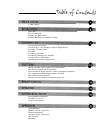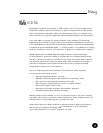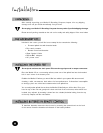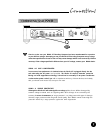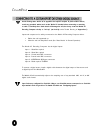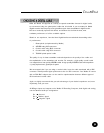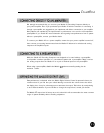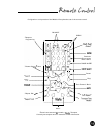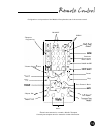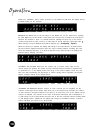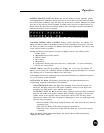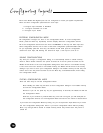
While the Wadia 27i supports all currently accepted transmission formats for digital audio,
we recommend using the glass optical cable that is included in your accessory kit. Wadia
Digital was the first company to use glass fiber-optic data transmission in digital audio.
We have continually improved this format and believe that it offers the best, most
consistent performance of
all the available options.
Based on our experience,
of performance:
here is a list of digital interface methods in descending order
1.
Glass optical (as implemented by Wadia)
2. AES/EBU using XLR connector
3.
Coaxial cable using BNC connector
4.
Coaxial cable using RCA connector
5. TOSLINK
plastic-optical cable
The quality of any of these transmission methods depends on the quality of the cable and
the sophistication of the transmitter and receiver. For example, a high-quality coaxial cable
can outperform a low-quality AES/EBU cable. A high-quality AES/EBU cable will outperform
a poorly-implemented glass-optical system.
We recommend thot if you are using a coaxial cable, have the cable terminated with a BNC
connector. This will provide higher performance than an RCA connector. Your Wadia 27i comes
with an RCA/BNC adapter that can be used for experimentation between different types of
RCA terminated coaxial cable.
Again, we highly recommend that you take advantage of your dealer’s experience and, most
importantly, trust your ears.
All XLR-type inputs and outputs on the Wadia 27i Decoding Computer, both digital and analog,
use the standard audio pin configuration:
Pin 1
-
Ground
Pin 2
-
Positive signal
Pin 3
-
Negative signal





